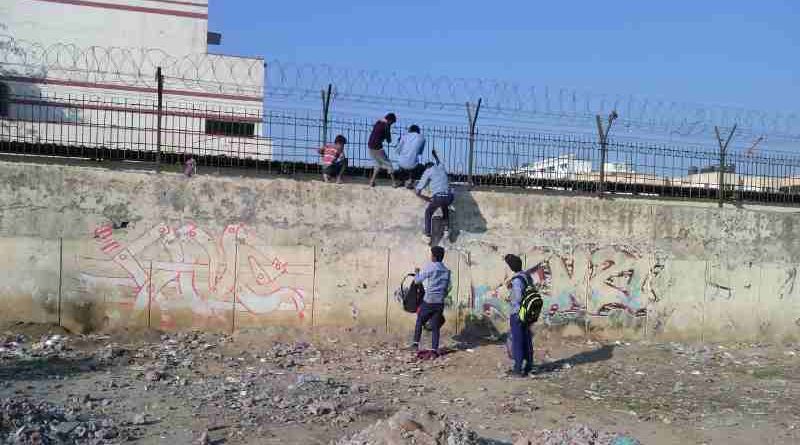Aid to Education Falls for Sixth Consecutive Year: Report

The amount of aid allocated to education has been falling for six years in a row, shows a new policy paper, Aid to Education is Stagnating and Not Going to Countries Most in Need, published by UNESCO’s Global Education Monitoring (GEM) Report.
Total aid to education stands at US$ 12 billion – 4% lower than in 2010 – while total development aid over the same period increased by 24%.
Aid to basic education – which includes support to pre-primary and primary education as well as adult education and literacy programmes – stands at US$5.2 billion, up from USD 4.8 billion in 2014.
[ Education Dilemma: Let Us Save the Lives of Our School Children ]
This amount is still 6% lower than in 2010. Aid to secondary education, meanwhile, amounts to US$2.2 billion, representing 19% of total aid to education.
The analysis is based on newly released data from the OECD Development Assistance Committee.
The United States and the United Kingdom remained the two largest donors to basic education, but reduced their allocations by 11% and 9% respectively in 2014-2015. Norway and Germany, meanwhile, increased their allocations to basic education by 50% and 34% respectively.
[ Who Is Responsible for Crimes and Corruption in Delhi Schools? ]
Aid is not allocated according to need. Sub-Saharan Africa, home to over half of the world’s out-of-school children now receives less than half the aid to basic education it obtained in 2002. This amounts to 26% of total aid to basic education, barely more than the 22% allocated to Northern Africa and Western Asia, where 9% of children are out-of-school.
In contrast to trends in bilateral aid to education, the Global Partnership for Education (GPE), allocated 77% of its disbursements to sub-Saharan Africa, and 60% to countries affected by instability and conflict.
[ RMN Foundation Free Schools for Poor Children ]
The paper provides country-specific examples of donors’ biased resource allocation. It demonstrates that aid is not allocated according to out of school rates so as to meet the cost of achieving universal education in each country concerned.
While humanitarian aid to education has reached a historic high, increasing by 55% from 2015 to 2016, it still receives only 2.7% of total aid available, amounting to 48% of the amount requested.
The paper draws attention to three major proposals for donors to reverse the move away from education:
- The GPE Replenishment campaign is seeking to raise $3.1 billion for the period 2018-20, aiming to reach $2 billion annually by 2020, or four times more than the current funding level.
- An International Finance Facility for Education proposed by the International Commission on Financing Global Education Opportunity affirms it could leverage around $10 billion in additional financing per year by 2020 for development banks to expand their education portfolio and target lower middle-income countries.
- The Education Cannot Wait fund established in 2016 aims to raise $3.85 billion by 2020, which would transform the delivery of education in emergencies.



